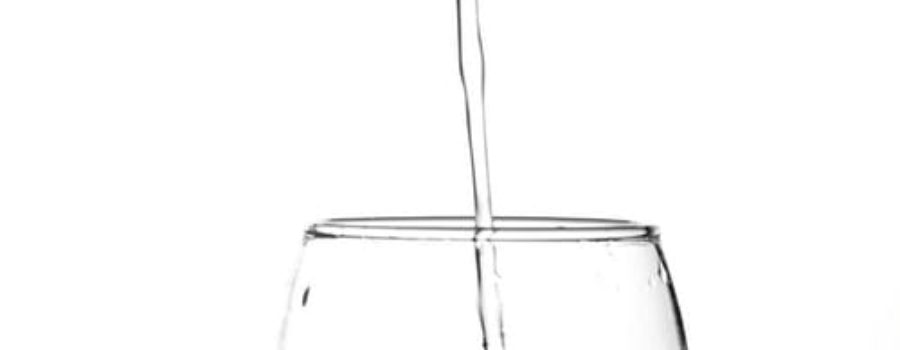Drinking water from plastic pipes: Is it harmful?
PEX Piping has become ubiquitous in new construction as well as remodeling industries and you might be wondering: Is it Safe? Here is an article that should answer that question!
Date: November 9, 2011
Source: Norwegian Institute of Public Health
Summary:Pipe-in-pipe systems are now commonly used to distribute water in many homes. The inner pipe for drinking water is made of a plastic called cross-linked polyethylene. Are these pipes harmful to health and do they affect the taste and odor of drinking water?
WHAT IS PEX?
Pipe-in-pipe systems are now commonly used to distribute water in many Norwegian homes. The inner pipe for drinking water is made of a plastic called cross-linked polyethylene (PEX). Are these pipes harmful to health and do they affect the taste and odour of drinking water?
Previous international studies have shown that plastic pipes can release substances that give an unwanted taste and odour to drinking water. It has also been suggested that some of these substances may be carcinogenic.
The aim of the study by the Norwegian Institute of Public Health was to investigate whether leakage products from these pipes are harmful to health and if they affect the taste and odour of drinking water. These leakage products consist of residues of additives used during production to give plastic pipes their desired properties, as well as any subsequent breakdown products.
STUDY RESULTS REVEALED
- There are no health risks associated with drinking water from PEX pipes
- A few types of PEX-pipe may cause prolonged undesirable taste and odour if the water remains in pipes over time
- Although the taste and odour usually dissipate with use, water from two of the PEX types still had an unpleasant smell and taste after a year
- The level of volatile organic compounds that leaked from new PEX pipes was generally low
- The level was further reduced with use
- No correlation was found between production method and leaking products
Ten different types of PEX pipes available in the Norwegian market were tested for leaching products in a standardised laboratory test. The water was in contact with the tubes for 72 hours.
Three different manufacturing methods produce pipes known as PEX-a, PEX-b or PEX-c. These methods use slightly different additives, but this study found no correlation between production method and leakage products.
2.4-di-tert-butyl-phenol and methyl-tert-butyl ether (MTBE) were two of the most commonly occurring substances detected in the water in the experiments.
For three types of new pipe, MTBE was detected in higher concentrations than the U.S. government’s recommended limits for taste and odour of drinking water (USEPA), but the values were reduced to below this limit after the tubes had been in use for a while.
Story Source:
Materials provided by Norwegian Institute of Public Health. Note: Content may be edited for style and length.

